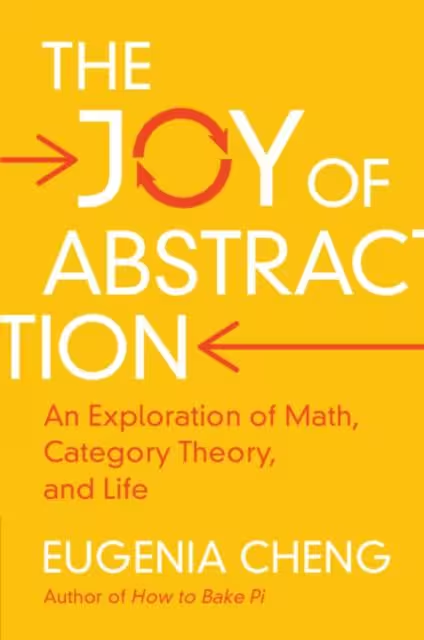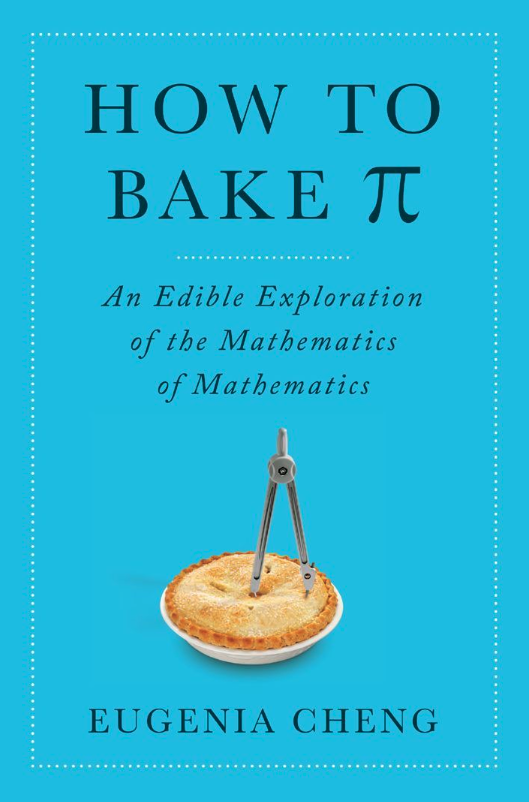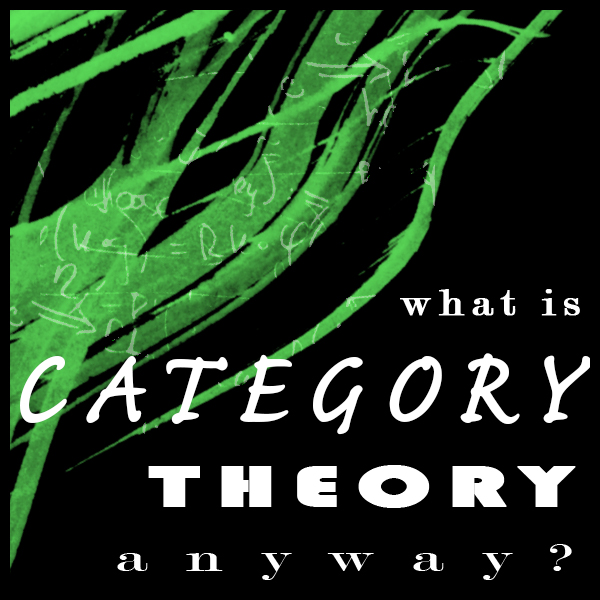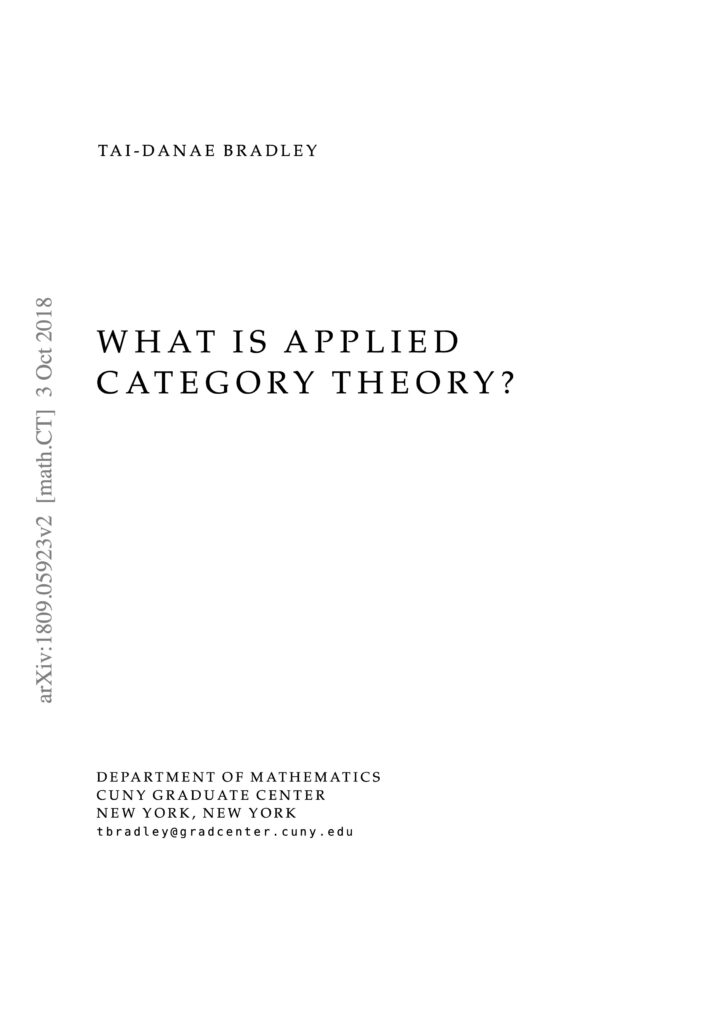What is (applied) category theory?
Category theory is a branch of mathematics that traditionally has not been taught in science and engineering. Reasons for this include its (erroneous) reputation as being “too abstract” to be useful for applications, and the fact that, historically, older subjects such as linear algebra, calculus, and probability theory are emphasized in mathematics curricula.
However, applications of category theory are well-established in physics and computer science, and over the past several decades it has increasingly become part of cutting-edge research in engineering and applied sciences, in such diverse domains as robotics, epidemiology, natural language processing, or agent-based modeling.
Short video: “What is category theory?” by Paul Dancstep
Brief article by Ilyas Khan, founder of Quantinuum, a company working on quantum computing.
This post provides an informative short overview of some of the history of category theory, and then focuses on more specialized recent developments in one of the many areas where category theory is being applied: quantum computing.
Talk by Ken Scambler introducing applied category theory
A presentation to a computer science oriented audience which describes some broad recent developments in applied category theory and explains a number of key concepts and ideas.
Talk by Kris Brown: Scientific and software engineering examples of applied category theory
Book chapter on category theory in the Handbook of Model-Based Systems Engineering

“Category Theory” by Spencer Breiner, Eswaran Subrahmanian, and Ram Sriram. (PDF here.)
“Category theory (CT) is a branch of mathematics concerned with the representation and composition of structured relationships. Recent interest in systems engineering (SE) stems from the possibility that CT might provide a principled mathematical foundation that SE currently lacks. The case is bolstered by a broad array of existing applications in probability, computing, data and dynamics, as well as a track record of unification in science and mathematics. However, the tools and methodology for applying CT within engineering are mostly at the level of prototype and proof-of-concept, and there is significant research needed to adapt these methods to an SE context.”
Talk by Eugenia Cheng: The joy of abstract mathematics
An accessible presentation aimed for a general audience and which explains, in particular, how “abstract” can also be very down to earth.
Book: The Joy of Abstraction, by Eugenia Cheng

A very accessible, conceptually illuminating, and technically rigorous introduction to the mathematics of category theory. No previous math knowledge required.
Book: How to Bake Pi, by Eugenia Cheng

A well-written, non-technical take on what mathematics is and what category theory is. It explains concepts and ideas of category theory, without delving into the formal mathematics that goes with them.
Blog post: What is Category Theory, Anyway?, by Tai-Danae Bradley

A short description of category theory, via some key ideas and mathematical notions and examples. This assumes some mathematical knowledge, and provides many useful links for further reading.
